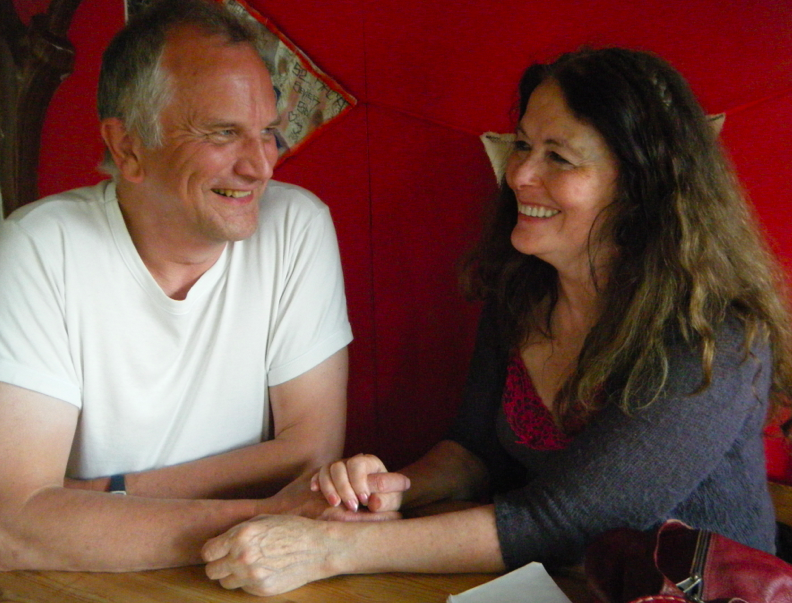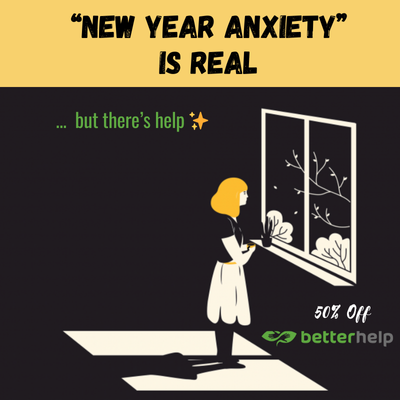
When Jenny died, something in me also died.
It’s common parlance in the world to say that someone has a “broken heart” when a loved one dies or a relationship ends.
When Jenny died, something in me also died. But for some months I had no idea what it was. Looking back on that time, I can see now that I felt a bit like one of those departed souls who don’t know they’ve died and thus come back to haunt the places where they used to live.
The best analogy I’ve got to describe the utter devastation that followed Jenny’s death is that of the atomic bombing of Hiroshima and Nagasaki. In an instant, vast tracts of my conditioned mind simply vaporised, never to return. And in the time since that fateful day, the fallout has killed off much more. But although the pain of her passing was more awful than anything I’d previously known, in a life that has been full of pain, my Heart, the essence of who I am, did not break. It cannot. In my experience, it’s impossible for the true spiritual Heart to break.
What were smashed apart were our dreams of the life Jenny and I wanted to live together. And we had a lot. We had everything planned out. We knew where we wanted to live. We knew exactly what we wanted to do with our lives together. We planned to be married amid the red rocks of Sedona, Arizona, which we both adored. Broken were all those dreams, broken was my future, broken was my will to live, or even exist, in a way I’d never imagined possible.
All this I believe is what the world calls a “broken Heart”.
But amid the desolate, flattened inner landscape of my mind, I noticed that some aspect of who I am remained untouched, remained alive like the seed of a flower buried so deep in the ground that even a nuclear holocaust could not harm it.
Resurrection
Despite the benefit of a lifetime of meditation and many awakenings to spiritual reality, it was still hard at first for me to locate this untouched essence I call “the Heart”. For what seemed the longest time I just wanted to die, to leave this world behind and be with my beloved again.
These are words I never knew the truth, the reality, of until Jenny died. Oh, I had read of people feeling this way. But nothing in my life to that point had prepared me for the shock of the reality, the overwhelming desire to leave this life.
Don’t get me wrong. I was not suicidal. I know that place. And this was not that. No, it was simply a yearning to leave this corner of the universe to be with her. It could be compared perhaps to the way someone may feel if their beloved had gone to live on the other side of the planet, leaving them with the deepest yearning to make the journey to join them.
Fortunately, through the darkness a glimmer of light gradually grew stronger and brighter. And as this light grew, so the pain began to lessen. Not all at once. No. Gradually, day after day after day an inner life began to return.
It felt as if that deeply buried seed began sprouting green shoots of new life, pushing it’s way to the surface, to the light, just as I imagine must have happened amid the rubble of Hiroshima and Nagasaki. I began to feel a renewed hope for the future, similar perhaps to the way new plant growth may have given hope to the people of Japan that even a nuclear holocaust had not destroyed the essence of life.
The Way
The painful emotions, called by the world a “broken heart”, dissolved by my taking four simple steps to come into conscious relationship with the pain.
You may like to test these simple steps, which are beyond mere mind techniques, for yourself:
1. Acknowledge your pain and bring awareness to it, feeling it as fully as you can while remaining fully conscious
2. Accept your pain the way it is and simply let it be, as best you can
3. Forgive whomever or whatever you have blamed for causing your pain, including yourself, and drop all your judgements
4. Be grateful for your pain, for it has hidden gifts revealed only to those who are open to receiving them
How it works:
Step 1. Acknowledging your pain activates the intelligent power of awareness. Once it’s exposed to the light of awareness, your pain cannot impact your life the way it once did. This one step can be deeply transformative, even if you do nothing else.
Step 2. What we resist, persists. When you do anything other than let your pain simply be as it is—by judging it as wrong and then attempting to change it, fix it, or suppress it for example—you are resisting your pain.
These actions seem reasonable to the rational mind. Of course you want the pain gone! But unfortunately doing anything with your pain has the effect of perpetuating the pain. It’s a catch-22 situation: you want the pain gone but all attempts to get rid of the pain only lead to it continuing. It’s counter-intuitive to the n’th degree. The Beatles sang of this profound truth so many year ago in Sir Paul McCartney’s classic song, inspired by a dream in which his mother, Mary, came to him and spoke these now immortal words: Let it be.
Mother Mary comes to me, speaking words of wisdom, let it be, let it be. Whisper words of wisdom, let it be …
Step 3. When a relationship breaks up, for whatever reason, we can easily slip into judgements of the one we are no longer with. “They should have…” They shouldn’t have…” And so on, and so on.
Even though I loved her totally, when Jenny died judgements about her and her family arose in me because there were aspects of her death that I found extremely hurtful. Fortunately I was able to see my judgements for what they really were—only thoughts playing out on the cinema screen of my mind.
The paradox of forgiveness is that the one who forgives benefits more than the one who is forgiven. When we hold on to our judgements we create our own pain. And when we forgive, and let go of those contracted, painful thoughts. We stop hurting ourselves.
Step 4. Giving thanks for your pain is perhaps the hardest of all to make sense of. After all, who in their right mind wants to feel pain? Who want to go around feeling that their world has broken apart? What’s to give thanks for in all that? I have no rational argument with which to persuade you of the immense power of gratitude. Of course it’s easy to be grateful for all the good things in life: our relationship, our car, our home, our money, our health, and so on.
But it’s not so easy to give thanks for our pain. And yet, in my experience at least, when we do, a miracle happens and the pain dissolves. I believe this is because when we give thanks, not for any particular reason, just giving thanks, our attention goes to the quality of gratitude. At the same time our attention tends to drop away from our pain.
Then, as what we give our attention to tends to grow, to become greater, the quality of gratitude gradually takes the place of our pain. We feel warmer, kinder, vaster in ways that truly only the great poets have been able to capture in words.
What I’ve written about here fully came home to me only when Jenny died. I knew most of these principles at a certain level before, but moving through the pain of her death took me deeper than I previously knew was possible.
A subtle level of selfishness died in me that previously I was unaware even existed. We could call it ego, for want of a better word. It was a subtle feeling of being separate from others and even from life itself. And so I can only be grateful that through her death my beloved drew the veil of illusory separation from my eyes. Her death opened a portal to a depth of aliveness and love that is a true blessing, a real everyday miracle.
What I’ve learned is that what survives death, without any doubt whatever, is love. No event in this world can damage true love. Not even death can so much as scratch the surface of love.
Love is immortal because it does not live in time and space but in another realm that we can only catch glimpses of during our sojourn in this world of mortality.
Now, with all the pain behind me, whenever I think of Jenny I feel as full of love and light and life as ever I did when she was alive in body. I see no evidence that my heart, which in my view is the center of love, has in any way been broken or damaged.
Love has not changed. Love has not died. Love has not been broken…
Medical Disclaimer: This article is for educational and entertainment purposes only. If you are experiencing any form of psychiatric illness, or are in therapy for any emotional or mental disorder, or feel in any way unsure of the wisdom of using this process, or applying any of the principles in this article, please consult with a fully qualified medical professional first. Under no circumstances discontinue medical, therapeutic, or psychiatric treatment unless under supervision of your doctor.
Love elephant and want to go steady?
Sign up for our (curated) daily and weekly newsletters!
Assistant Editor: Judith Andersson / Editor: Catherine Monkman
Photo: Courtesy of Author










Read 17 comments and reply